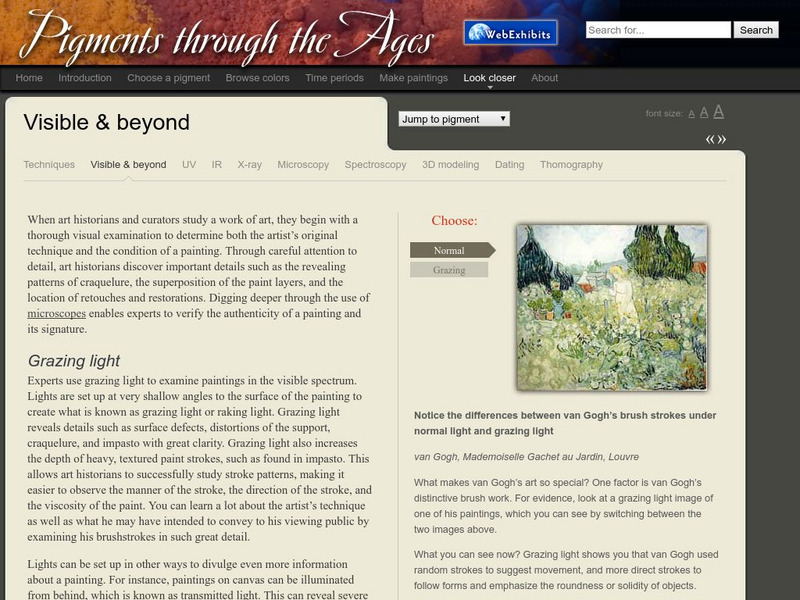Curated OER
Measuring Density
Students explore the concept of density. They use the the formula Density = Mass/Volume, one can determine where certain liquids and objects will settle in a graduated cylinder. In addiiton, they design a process to separate the liquids.
Curated OER
The Human Cheek Cell
In this human cells worksheet, 7th graders complete a science experiment using human cheek cells. Students sketch the cells at high and lower power and label the cell nucleus, cytoplasm, and cell membrane.
Curated OER
Comparing Plant and Animal Cells
In this comparing plant cells and animal cells instructional activity, learners view cells from their cheeks and cells from elodea. A Venn diagram reveals similarities and differences between the cells.
Curated OER
Weather and the D-Day Invasion
Middle schoolers study the weather that occurred during the invasion of Normandy. They research using the Internet to locate information about the invasion and the meteorologists who helped during the war effort. They
Curated OER
Eclipse: An Introduction
Students write journal entries about eclipses with a focus on solar eclipses.
Curated OER
Gonna Take a Sedimentary Journey
Students collect water samples from a local source, test it, filter it and identify the materials suspended in it. Students disucss the possible sources of sediment in their watershed.
Curated OER
Quebec
Ninth graders to examine the past to find out why Quebec has been so determined to protect its cultural heritage. They access primary resources on the Internet to promote their engagement with the past.
Curated OER
Water Testing
In this water testing pre-lab worksheet, students describe positive ions, precipitate, and the Tyndall effect. This worksheet has 14 short answer questions.
Curated OER
The Sun
In this space science worksheet, students learn 4 facts about the sun. Students also read a short passage about the sun to gain more information.
Curated OER
Clouds as Art: Torn Paper Landscape
Students create a torn paper landscape and use it to study clouds. In this cloud study and art instructional activity, students make a background art image from torn paper. Students create a torn paper landscape and use cotton balls to...
NASA
Nasa: Tour of the Electromagnetic Spectrum: Visible Light
Visible light waves are the only electromagnetic waves we can see. We see these waves as the colors of the rainbow. Each color has a different wavelength. Red has the longest wavelength and violet has the shortest wavelength. When all...
Physics Classroom
The Physics Classroom: Light Waves/color: Visible Light and the Eye's Response
Students learn how the eye responds to visible light, and how that function ultimately allows us to see.
Institute for Dynamic Educational Advancement
Web Exhibits: Pigments Through the Ages: Look Closer: Visible and Beyond
Illustrated explanation of the analytical work that art historians and curators perform using visible light and imaging technologies.
NASA
Electromagnetic Spectrum: Ultraviolet Waves
Ultraviolet (UV) light has shorter wavelengths than visible light. Though these waves are invisible to the human eye, some insects can see them. The specific wavelength values are given. Uses and applications of these waves are explained.
Lawrence Berkeley National Laboratory
Berkeley Lab: University of California: Electromagnetic Radiation
This page defines electromagnetic radiation. Included are links to more information.














